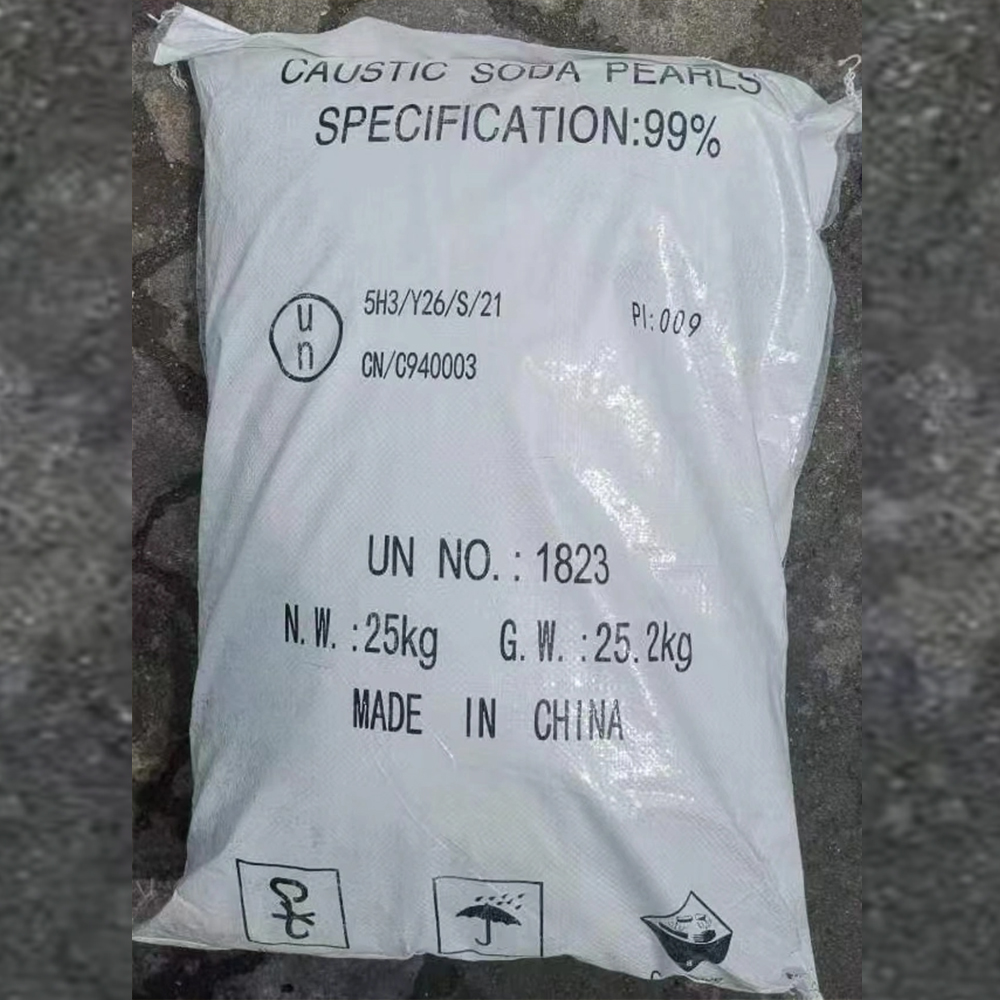



sodium hydroxide naoh msds
Understanding the Safety Data Sheet (SDS) for Sodium Hydroxide (NaOH)
Sodium hydroxide (NaOH), commonly known as caustic soda or lye, is a highly versatile chemical widely used in various industrial applications, including the manufacture of paper, textiles, and soaps, as well as in water treatment and food processing. Due to its significant health and safety risks, understanding the Safety Data Sheet (SDS) for sodium hydroxide is essential for safe handling and usage in both laboratory and industrial settings.
Chemical Identification and Composition
The SDS for sodium hydroxide typically begins with the identification of the chemical, highlighting its chemical formula (NaOH) and various synonyms such as caustic soda. It also includes important details such as the CAS number (1310-73-2) and its molecular weight (40.00 g/mol), which are critical for accurate identification in chemical inventories.
Hazard Identification
Sodium hydroxide is classified as a highly hazardous substance. The SDS outlines the major hazards associated with NaOH, such as its corrosive nature, which can cause severe burns to skin and damage to eyes upon contact. Inhalation or ingestion can lead to serious health issues, including respiratory irritation and gastrointestinal burns. The document uses standardized hazard symbols to convey these risks clearly, which is vital for the protection of workers and emergency responders.
First-Aid Measures
The SDS provides clear and concise first-aid measures for various exposure scenarios. For skin contact, the recommended course of action is to remove contaminated clothing and rinse the affected skin with copious amounts of water for at least 15 minutes. Eye exposure necessitates immediate and thorough irrigation with water or saline for at least 30 minutes and prompt medical attention. In case of inhalation, moving the affected individual to fresh air and seeking medical assistance is critical.
Handling and Storage
sodium hydroxide naoh msds

Proper handling and storage conditions are crucial to minimize risks when dealing with sodium hydroxide. The SDS advises using appropriate personal protective equipment (PPE) such as gloves, goggles, and face shields when working with NaOH. It is essential to store sodium hydroxide in a cool, dry, and well-ventilated area, away from incompatible materials such as acids, organic materials, and metals. Containers should be tightly closed to prevent moisture absorption, as sodium hydroxide is hygroscopic.
Accidental Release Measures
In the event of a spill or leak, the SDS provides guidelines for containment and cleanup. Sodium hydroxide should be contained using sand or dry earth, avoiding water as it can lead to exothermic reactions. The contaminated area should then be neutralized with a dilute acid before cleaning up, and all residue should be disposed of in accordance with local environmental regulations.
Exposure Controls and Personal Protection
The SDS outlines permissible exposure limits for sodium hydroxide and recommends effective engineering controls, such as local exhaust ventilation, to maintain safe atmospheric concentrations. Personal protective equipment (PPE) is paramount, including chemical-resistant gloves, protective clothing, and eye protection. Regular training in the use of this gear and the procedures to follow in case of exposure is critical to ensure safety.
Disposal Considerations
Finally, the SDS addresses proper disposal methods for sodium hydroxide, emphasizing that it should be neutralized before disposal and that all local regulations must be followed. Sodium hydroxide can pose environmental risks if not handled correctly.
In conclusion, the Safety Data Sheet for sodium hydroxide is an invaluable resource for ensuring safety in its handling and use. By understanding the risks and appropriate safety measures outlined in the SDS, workers and employers can significantly reduce the potential for accidents and ensure a safe working environment. Knowledge of sodium hydroxide’s properties, hazards, and response strategies is essential for any operation involving this powerful chemical.
-
Why Sodium Persulfate Is Everywhere NowNewsJul.07,2025
-
Why Polyacrylamide Is in High DemandNewsJul.07,2025
-
Understanding Paint Chemicals and Their ApplicationsNewsJul.07,2025
-
Smart Use Of Mining ChemicalsNewsJul.07,2025
-
Practical Uses of Potassium MonopersulfateNewsJul.07,2025
-
Agrochemicals In Real FarmingNewsJul.07,2025
-
Sodium Chlorite Hot UsesNewsJul.01,2025










